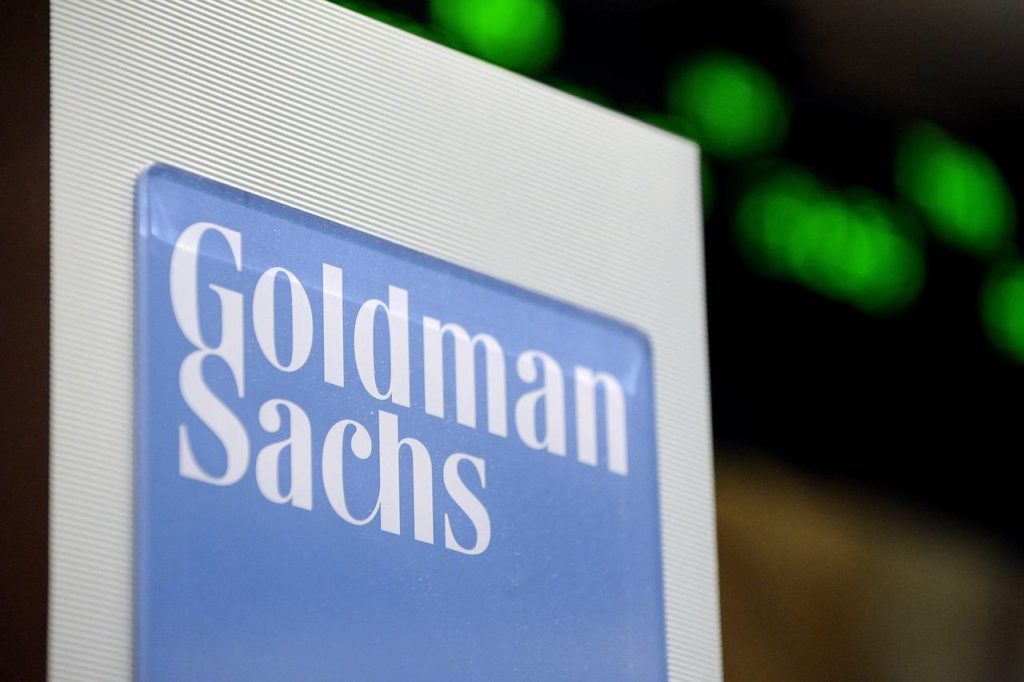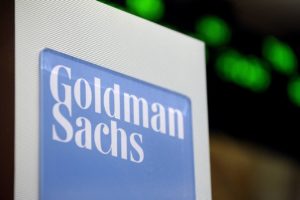SecDB was for the longest time acknowledged as Goldman’s strongest weapon. It’s ‘Securities Database’ stores information on various new derivatives, calculates 23 billion prices across 2.8 million positions daily, and has over the years helped Goldman’s trading and investment banking division make billions of dollars in well-timed trades, as well as sidestep possibly massive losses in tumultuous economic times. Whereas Goldman had previously guarded the software and avoided licensing it, it has now decided to give away some of its ‘secret sauce’ to clients.
Access to Goldman’s in-house tools will allow clients to create their own trading systems, and make purchases independent of the firm itself – why then would Goldman roll out this software to its consumers? The answer is simple – to create trust, and pick up other businesses from the very clients that use their software to develop strategies and execute them through the firm. With the increasing shift towards digital transactions and electronic markets, Goldman’s CIO believed there was a need to adapt before profits were slashed; by providing an app that lets clients access analytics via web-based platforms, and allowing them to customize and integrate apps, Goldman hopes that it will win more business from its clients.
“It’s the content, tools and analytics we’ve been working on for decades, and we’re putting it in the hands of clients,” said R. Martin Chavez, Goldman’s chief information officer.
The firm’s motives aren’t altruistic; rather, many of the edges that once made Goldman’s traders feared and admired have been blunted. New rules have trading risks, and made it costly to hold large inventories of stocks and bonds on their books. And electronic trading has squeezed margins, dimming the clamor of trading floors across Wall Street. As a result, rolling out the software is Goldman’s best bet at winning new business.

“They’re trying to be more proactive—instead of just saying ‘we need to satisfy what the client wants,’ they’re saying ‘let’s make sure they’re as happy as possible,’” a money manager says about Goldman’s move. “They’re more open with a lot of their intellectual property.”
The move is only one piece of a larger trend – a number of software companies, and tech giants such as Facebook and Google have recently given out their software in order to make it more valuable and win business. Facebook released for free the designs of a powerful new computer server it crafted to put more power behind artificial-intelligence software. Open sourcing technology is becoming vital to consumer and business-computing services. Opening up the technology is seen as the best way to create larger progress in fields, as well as boost reputations to make key hires. In November 2015, Google opened up software called TensorFlow, used to power the company’s speech recognition and image search. Three days later, Microsoft released software that distributes machine learning software to multiple machines to become more powerful. Soon after, IBM followed on an earlier made promise to open source SystemML, originally developed to use machine learning to find useful patterns in corporate databanks.
Like all other software bets, this (somewhat) freemium model is obviously risky – in the coming months, it will be interesting to see whether the free software allows Goldman Sachs to win the trust and new businesses of its customers (the equivalent of upselling on existing software, or whether hedge funds and other clients using the software will be able to create their own software using Goldman’s model.
SecDB was for the longest time acknowledged as Goldman’s strongest weapon. It’s ‘Securities Database’ stores information on various new derivatives, calculates 23 billion prices across 2.8 million positions daily, and has over the years helped Goldman’s trading and investment banking division make billions of dollars in well-timed trades, as well as sidestep possibly massive losses in tumultuous economic times. Whereas Goldman had previously guarded the software and avoided licensing it, it has now decided to give away some of its ‘secret sauce’ to clients.
Access to Goldman’s in-house tools will allow clients to create their own trading systems, and make purchases independent of the firm itself – why then would Goldman roll out this software to its consumers? The answer is simple – to create trust, and pick up other businesses from the very clients that use their software to develop strategies and execute them through the firm. With the increasing shift towards digital transactions and electronic markets, Goldman’s CIO believed there was a need to adapt before profits were slashed; by providing an app that lets clients access analytics via web-based platforms, and allowing them to customize and integrate apps, Goldman hopes that it will win more business from its clients.
“It’s the content, tools and analytics we’ve been working on for decades, and we’re putting it in the hands of clients,” said R. Martin Chavez, Goldman’s chief information officer.
The firm’s motives aren’t altruistic; rather, many of the edges that once made Goldman’s traders feared and admired have been blunted. New rules have trading risks, and made it costly to hold large inventories of stocks and bonds on their books. And electronic trading has squeezed margins, dimming the clamor of trading floors across Wall Street. As a result, rolling out the software is Goldman’s best bet at winning new business.

“They’re trying to be more proactive—instead of just saying ‘we need to satisfy what the client wants,’ they’re saying ‘let’s make sure they’re as happy as possible,’” a money manager says about Goldman’s move. “They’re more open with a lot of their intellectual property.”
The move is only one piece of a larger trend – a number of software companies, and tech giants such as Facebook and Google have recently given out their software in order to make it more valuable and win business. Facebook released for free the designs of a powerful new computer server it crafted to put more power behind artificial-intelligence software. Open sourcing technology is becoming vital to consumer and business-computing services. Opening up the technology is seen as the best way to create larger progress in fields, as well as boost reputations to make key hires. In November 2015, Google opened up software called TensorFlow, used to power the company’s speech recognition and image search. Three days later, Microsoft released software that distributes machine learning software to multiple machines to become more powerful. Soon after, IBM followed on an earlier made promise to open source SystemML, originally developed to use machine learning to find useful patterns in corporate databanks.
Like all other software bets, this (somewhat) freemium model is obviously risky – in the coming months, it will be interesting to see whether the free software allows Goldman Sachs to win the trust and new businesses of its customers (the equivalent of upselling on existing software, or whether hedge funds and other clients using the software will be able to create their own software using Goldman’s model.

